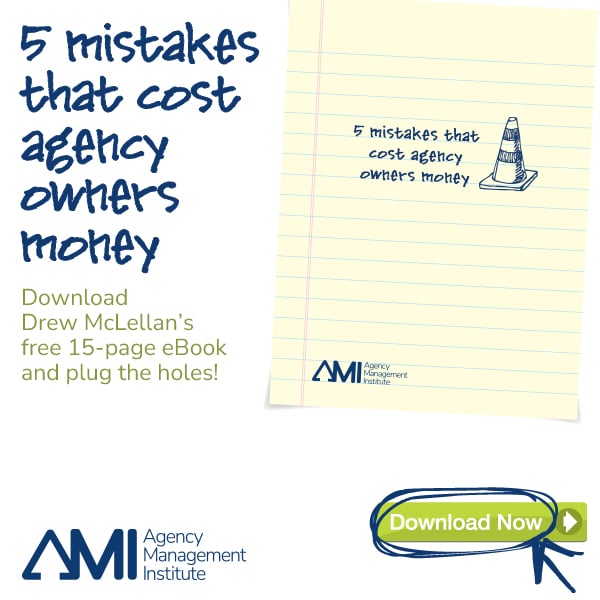High Employee Turnover? How to Get Interview Tests Right
Hiring managers can be a little narcissistic. When interviewing job candidates, they favor people who remind them of themselves over those who are most qualified. They're not alone: Everyone's got a streak of narcissism to some degree. But hiring managers directly influence who works at your company, so it's a good idea to keep their [...]


